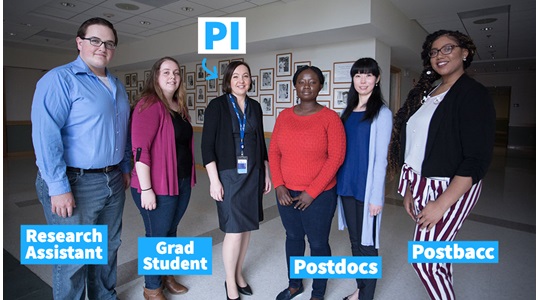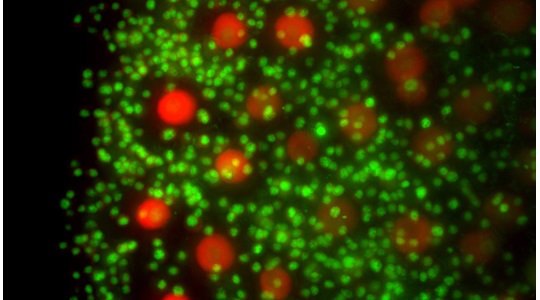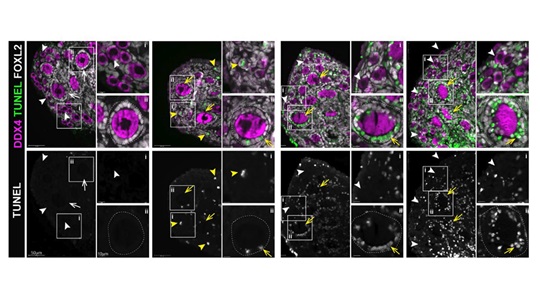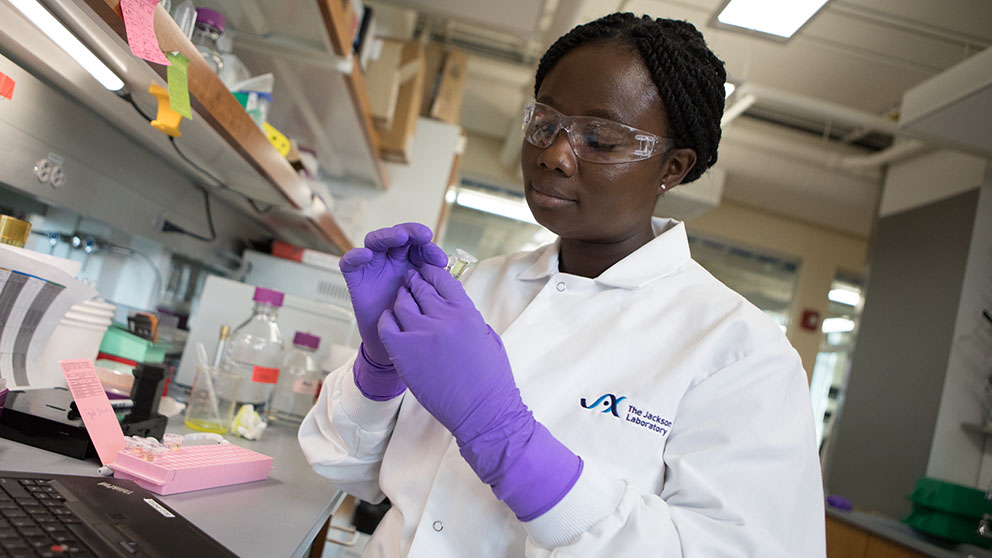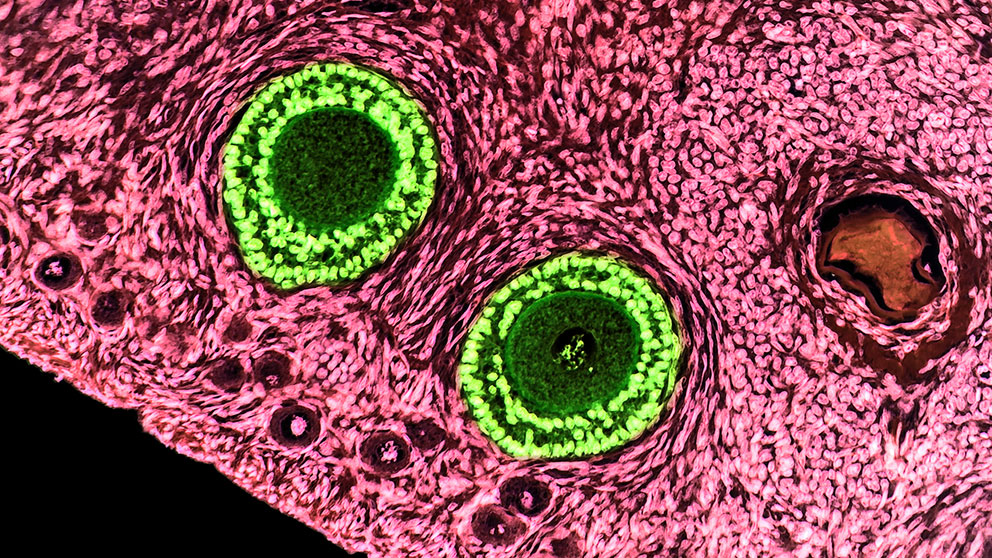The Bolcun-Filas Lab
Researching meiosis, the mechanisms of DNA damage detection and repair during normal development, and implications for cancer patients during radiation and chemotherapy.
Principal Investigator
Location
Connect
Topics
our research focus
Germ cells are the only cell type that must endure extensive DNA damage in the form of programmed meiotic double-strand breaks (DSBs) during their normal development. Paradoxically, the absence of DSBs during meiosis as well as persisting unrepaired breaks are detrimental and typically result in meiotic arrest and infertility. Our research aims to understand the molecular mechanisms controlling the development of healthy gametes and how misregulation of these mechanisms can lead to reproductive disorders. In particular, we are interested in meiotic "quality checkpoints" operating in germ cells, which ensure that the correct and intact genetic information is transmitted to the next generation.
The same checkpoint that monitors DSB repair during meiosis is responsible for high sensitivity of oocytes to cancer treatment. Chemo and radiation therapies can cause oocyte death and lead to premature ovarian failure and infertility. Disabling the key checkpoint kinase CHK2 preserved fertility in mice exposed to ionizing radiation, thus opening a new avenue for oncofertility research. Our goal is to further dissect the DNA damage response pathway in oocytes, helping identify additional targets for fertility preservation therapies in cancer patients.


